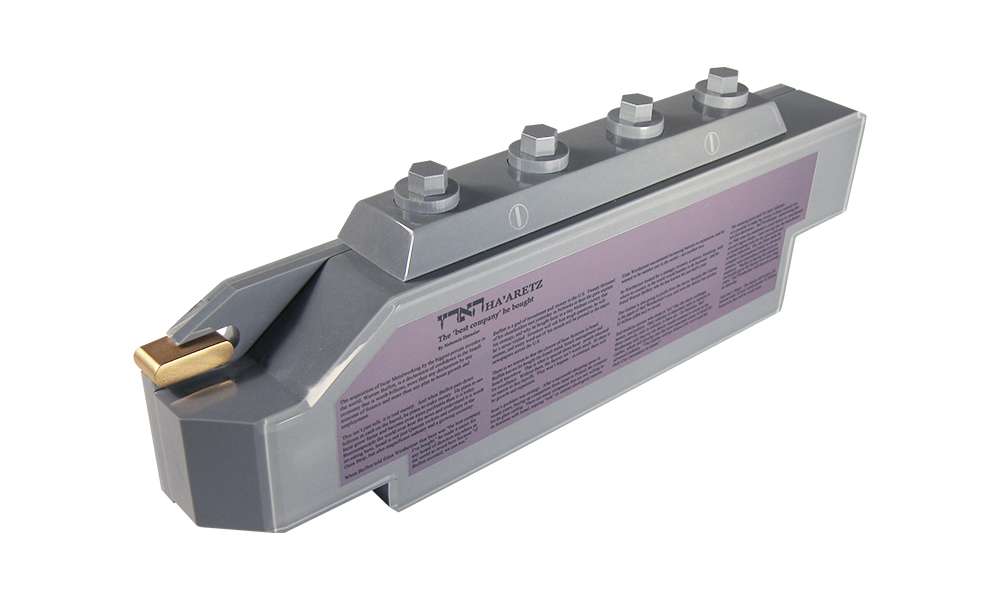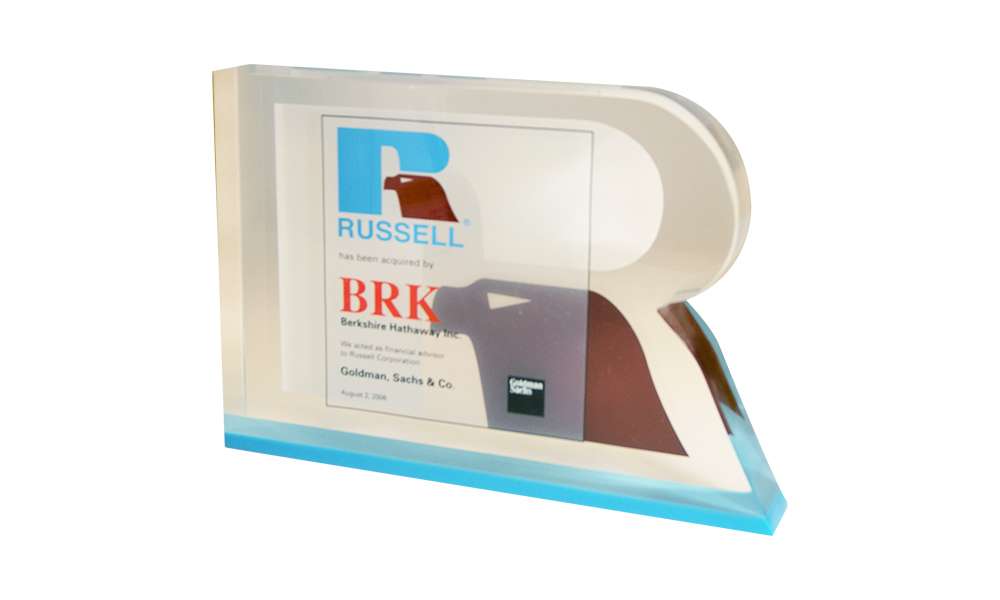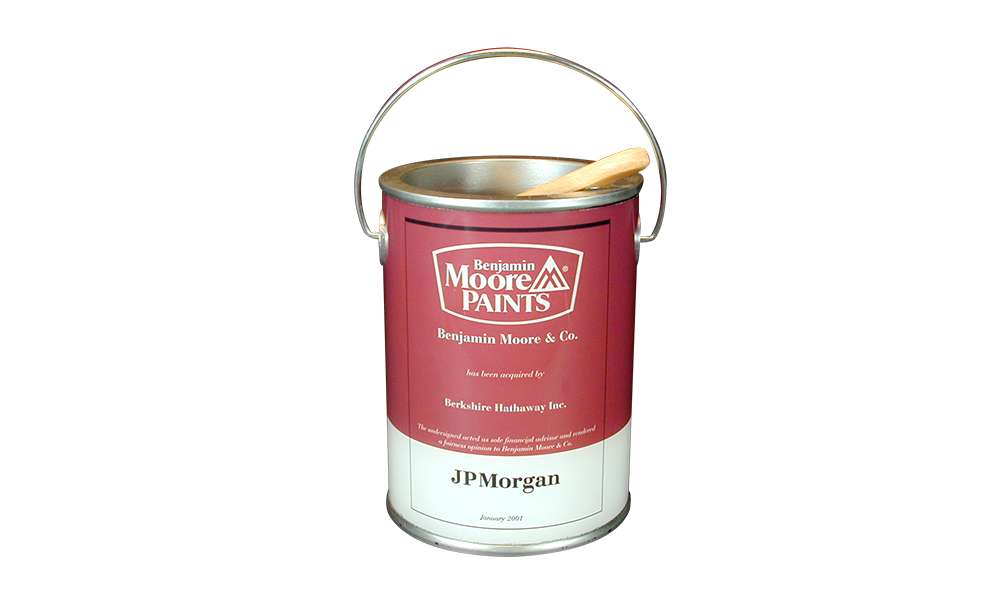He’s been called “the greatest investor in history”…
“The most fascinating American success story of our time”….
“The inventor and caretaker of a rare persona that has no equivalent in American business”…
Who is he?
Ryan Reynolds?
Troy Carter?
No.
And, no, it’s not Ashton Kutcher—not this time, or at least, not quite yet.
Good guess though.
50 Cent? Nas? Jared Leto….Kevin Durant? Joe Montana?
Sorry again: turns out it’s actually just Warren Buffett…
This weekend the Berkshire Hathaway Annual Meeting returns for the third straight year to its Omaha-based, non-virtual format.
But with one significant change.
Buffett’s investing partner since 1975, and frequent on-stage foil, will not be attendance.
Charlie Munger, who once worked in Buffett’s grandfather’s store during the Great Depression for 20 cents an hour, died last November at 99, and with an estimated net worth of $2.6 billion.
“I think part of the popularity of Berkshire Hathaway is that we look like people who have found a trick”, Munger told attendees in 2010. “It’s not brilliance. It’s just avoiding stupidity.”
On that note, as we do every year, we’ve included here some of the Buffett-related deals The Corporate Presence has commemorated in our 40-year history.
So get in the spirit of “Woodstock for capitalists”. Take our quick visual tour now.
In 2006 Berkshire Hathaway paid $4 billion for an 80% stake in ISCAR–at the time, the firm’s largest investment outside the U.S. BH bought the remaining 20% of the Israeli tool firm in 2013.

The 2013 deal put the total value of ISCAR (now formally known as International Metalworking, or IMC) at approximately $10 billion—or roughly twice its 2006 valuation.

Looking for fresh insight into this 2013 $23-billion mega-deal? Check out Malcolm Gladwell’s essay identifying The Ketchup Conundrum: while mustard brands have proliferated over the years, ketchup sales still disproportionately favor just two brands—-Heinz and Hunts. The essay was written in 2004.
Baseball fans may want to check out Benjamin Moore’s Fenway Collection. Color selections include Foul Pole Yellow, Baseline White, and, of course, Green Monster.
A Guardian columnist recently listed interior design disputes among the top-10 reasons couples fight. It ranked just ahead of money and relatives.
David Parry is the Director of Digital Strategy for The Corporate Presence, and for Prestige Custom Awards, a designer and provider of custom corporate awards ranging from creative employee and client recognition pieces to the N.F.L. Commissioner’s Awards, and ESPN’s ESPY awards.



